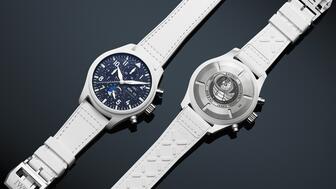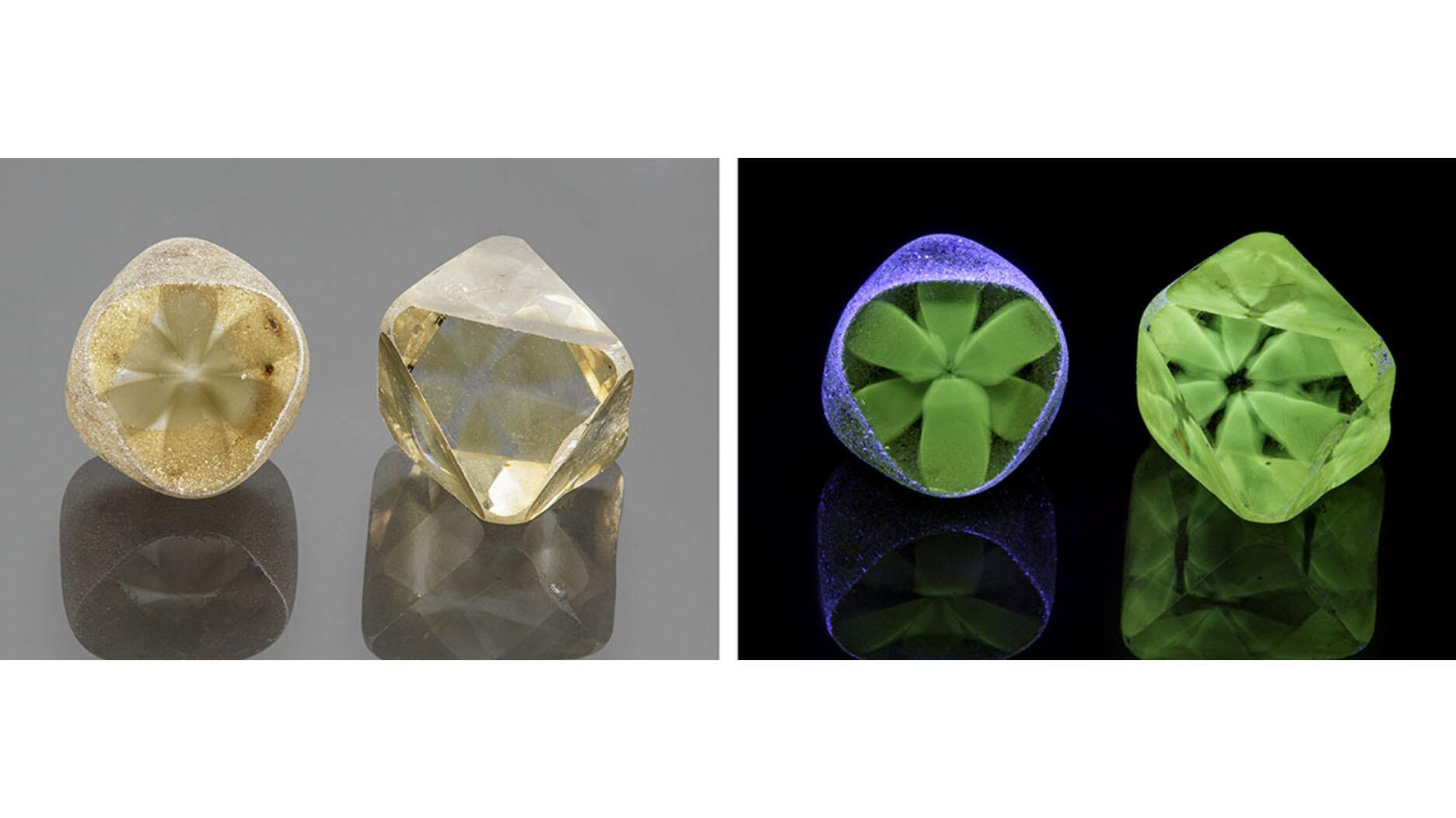Said to be the first to write a jewelry sales manual for the industry, Zell is remembered for his zest for life.
Gübelin to Develop AI Approach to Gemstone Analysis
The lab is partnering with Swiss research and development center CSEM to automate the determination of gem origin and authenticity.

Lucerne, Switzerland—Gübelin Gem Lab is taking steps to advance gemstone analysis through artificial intelligence.
The lab is partnering with Swiss research and development center CSEM to develop a platform that will automate the process of determining gemstone authenticity and origin, which currently relies heavily on human judgment and analysis.
Gübelin and CSEM submitted a joint project proposal, titled “Gemtelligence—Software Development for the Automated Analysis of Gemstones,” to Innosuisse, a government institute that promotes science-based innovation.
Innosuisse approved the project, and now the Swiss government will grant CHF 600,000 (about $655,000) toward it, Gübelin said.
The lab said it chose CSEM as its partner because of the center’s expertise with complex and diverse sets of data.
The cutting-edge project will include assessing and evaluating the various types of analytical data generally collected in modern gem labs, including traditional gemological data like microscopic and macroscopic descriptors and observations, color parameters, size, optical parameters and fluorescence behavior.
It also will include more modern data, such as FTIR (Fourier-Transform Infrared Spectrometer) and UV-Vis-nIR spectra, Raman spectra, and chemical trace and ultra-trace element composition.
The two companies will develop machine-learning-based algorithms to evaluate standard gem characteristics, using existing sets of data as a base: a catalog of the tens of thousands of client gemstones the lab has tested since the 1970s along with the Gübelin Reference Stone Collection comprising more than 27,000 gems.
Gübelin Managing Director Daniel Nyfeler said the new technology will increase the consistency and reliability of gem lab results, reduce human error and allow for the scalability of gem testing services.
The project is expected to span three years but will yield results that likely will be integrated into the daily work of the lab earlier than that, Gübelin said.
Philipp Schmid, head of Industry 4.0 and Machine Learning at CSEM, said: “We are dealing with data with different degree of structuring, ranging from spectra and chemical element concentrations to microscopy images, handwritten descriptions and subjective reflections by various experts. The goal is to create a kind of super-expert, working hand-in-hand with the human experts.”
Gübelin said it started using automated data evaluation about 10 years ago, mostly for large sets of chemical data and to harmonize gem interpretations throughout its labs.
The use of AI in gemology has largely been a support tool up to now, but that is changing.
In addition to Gübelin’s project, the Gemological Institute of America also is
The Latest

The company outfitted the Polaris Dawn spaceflight crew with watches that will later be auctioned off to benefit St. Jude’s.

A buyer paid more than $100,000 for the gemstone known as “Little Willie,” setting a new auction record for a Scottish freshwater pearl.

Supplier Spotlight Sponsored by GIA.

Anita Gumuchian created the 18-karat yellow gold necklace using 189 carats of colored gemstones she spent the last 40 years collecting.


The giant gem came from Karowe, the same mine that yielded the 1,109-carat Lesedi La Rona and the 1,758-carat Sewelô diamond.

The three-stone ring was designed by Shahla Karimi Jewelry and represents Cuoco, her fiancé Tom Pelphrey, and their child.

Supplier Spotlight Sponsored by GIA

The Manhattan jewelry store has partnered with Xarissa B. of Jewel Boxing on a necklace capsule collection.

Acting as temporary virtual Post-it notes, Notes are designed to help strengthen mutual connections, not reach new audiences.

The jewelry historian discusses the history and cultural significance of jewelry throughout time and across the globe.

From fringe and tassels to pieces that give the illusion they are in motion, jewelry with movement is trending.

The designer and maker found community around her Philadelphia studio and creative inspiration on the sidewalks below it.

The change to accepted payment methods for Google Ads might seem like an irritation but actually is an opportunity, Emmanuel Raheb writes.

The industry consultant’s new book focuses on what she learned as an athlete recovering from a broken back.

The fair will take place on the West Coast for the first time, hosted by Altana Fine Jewelry in Oakland, California.

Hillelson is a second-generation diamantaire and CEO of Owl Financial Group.

Submissions in the categories of Jewelry Design, Media Excellence, and Retail Excellence will be accepted through this Friday, Aug. 23.


Known as “Little Willie,” it’s the largest freshwater pearl found in recent history in Scotland and is notable for its shape and color.

Clements Jewelers in Madisonville cited competition from larger retailers and online sellers as the driving factor.

The gemstone company is moving to the Ross Metal Exchange in New York City’s Diamond District.

Most of the 18th century royal jewelry taken from the Green Vault Museum in Dresden, Germany, in 2019 went back on display this week.

The Pittsburgh jeweler has opened a store in the nearby Nemacolin resort.

With a 40-carat cabochon emerald, this necklace is as powerful and elegant as a cat.

The Erlanger, Kentucky-based company was recognized for its reliability when it comes to repairs and fast turnaround times.

Unable to pay its debts, the ruby and sapphire miner is looking to restructure and become a “competitive and attractive” company.

The trend forecaster’s latest guide has intel on upcoming trends in the jewelry market.



























